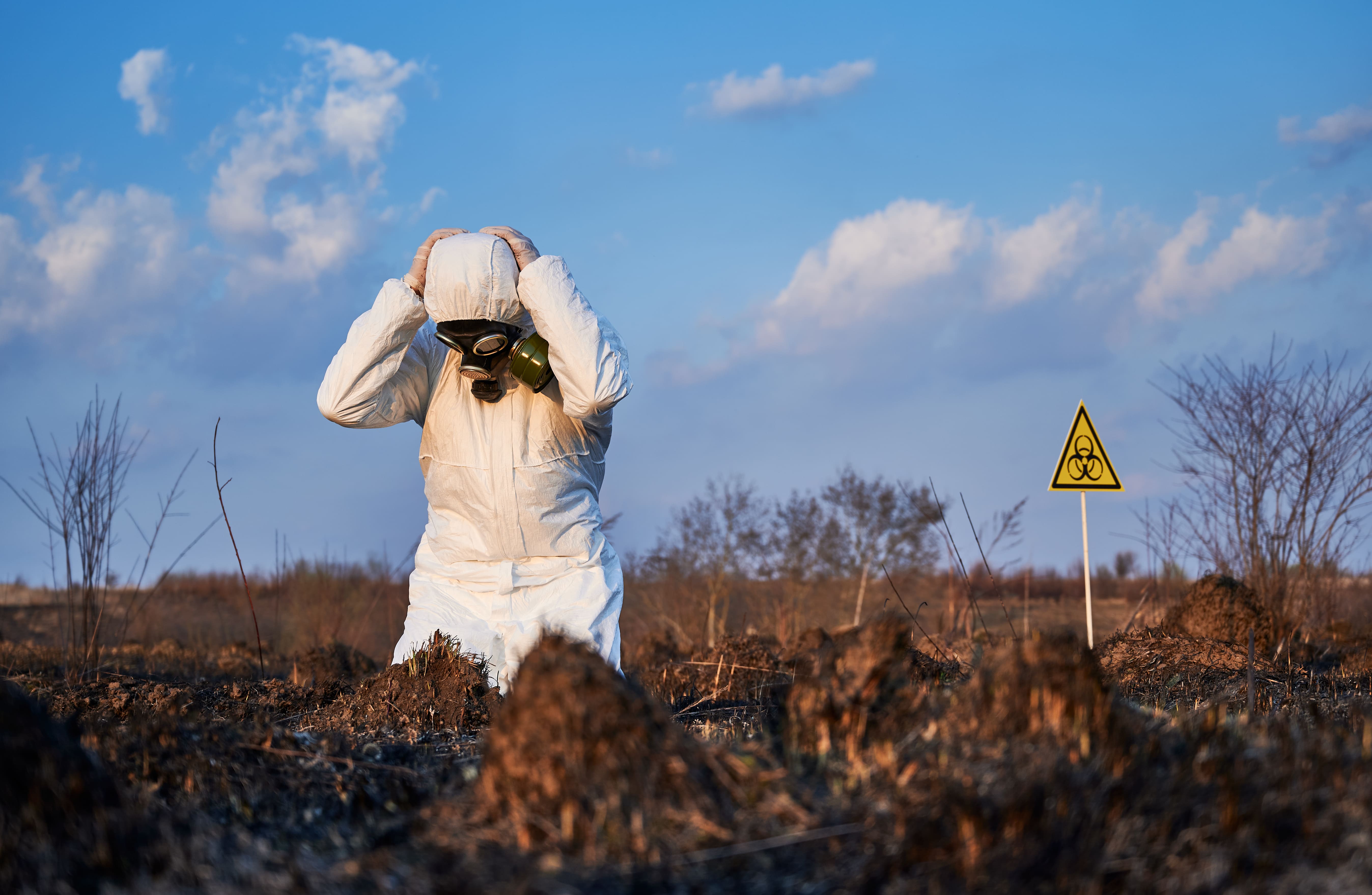
Prohibition of Certain Toxic Substances Regulations, 2022 Canada Gazette, Part I, Volume 156, Number 20
The proposed Prohibition of Certain Toxic Substances Regulations, 2022 were published in the Canada Gazette, Part I, Vol. 156, No. 20, on May 14, 2022 and was open for a 75-day public comment period ending on July 28, 2022.
The regulations include a list of prohibited toxic substances and authorized activities related to them.
- Prohibited substances include examples such as hexachlorobenzene, polychlorinated biphenyls, and perfluorooctanoic acid.
- Authorized activities may include the use, sale, or import of certain products under specific conditions.
- The regulations outline due dates for permit applications, conditions for authorized activities, and requirements for labeling and disposal.
Schedule 1 - Prohibited Toxic Substances and Authorized Activities
- Schedule 1 of the regulations provides a detailed list of the prohibited toxic substances, products containing them, authorized activities, conditions, and due dates for permit applications.
- It covers a wide range of substances, including polybrominated biphenyls, chlorinated alkanes, and various perfluorinated compounds.
- The schedule specifies conditions for each authorized activity and outlines the timeline for compliance.
Schedule 2 - Required Information for Laboratory Use
- Schedule 2 of the regulations pertains to the required information related to the use of certain toxic substances in laboratories for analysis, scientific research, or as laboratory analytical standards.
- It includes information about the laboratory, toxic substances used, anticipated period of use, quantities used, proposed and actual uses, and concentration of toxic substances in products.
Schedule 3 - Incidental Presence
- Schedule 3 addresses incidental presence of certain toxic substances.
- It sets limits for the total concentration of specific substances that may be present in manufactured items or products.
- This schedule helps manage and control the unintended presence of toxic substances.
Schedule 4 - Information Required for Permit Applications
- Schedule 4 outlines the information required in an application for a permit or renewal of a permit.
- It includes details about the applicant, quantities of toxic substances, proposed uses, alternative substances, environmental protection measures, and implementation plans.
The Prohibition of Certain Toxic Substances Regulations, 2022, published in the Canada Gazette, Part I, Volume 156, Number 20, plays a critical role in safeguarding human health and the environment.
By restricting and controlling the use of toxic substances, these regulations contribute to a cleaner and safer Canada.
Compliance with these regulations is essential for organizations and individuals involved in activities related to the listed toxic substances.
As a producer of articles, where is the difference from the EU?
- Dechlorane plusfootnote (DP): 1,4:7,10-Dimethanodibenzo[a,e]cyclooctene, 1,2,3,4,7,8,9,10,13,13,14,14-dodecachloro-1,4,4a,5,6,6a,7,10,10a,11,12,12a-dodecahydro-, which has the molecular formula C18H12Cl12
- decabromodiphenylfootnote ethane (DBDPE): Benzene, 1,1′-(1,2-ethanediyl)bis [2,3,4,5,6- pentabromo-, which has the molecular formula C14H4Br10
Product Compliance Consultant
ComplyMarket UG (haftungsbeschraenkt)
ComplyMarket is a Total Compliance Solutions provider, using the power of AI to identify compliance requirements and perform risk assessments. Our expertise extends to the development of the first-ever open-source software designed specifically for supply chain management. This groundbreaking tool enables the efficient collection of compliance and sustainability information from suppliers, empowering our clients to uphold the highest standards of regulatory compliance and environmental stewardship.